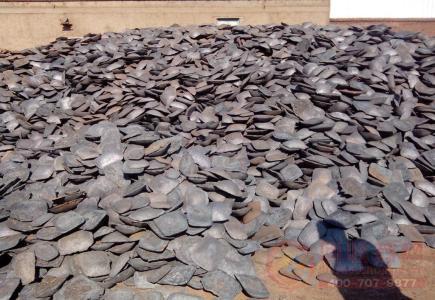Charge: refers to the ore and other catalytic materials added to the smelting furnace, such as iron ore, billet, pig iron, scrap steel, coking coal, iron alloy. The process of formulating concentrates, ores, fluxes and soots into smelting requirements with a certain chemical composition and physical properties is an important part of the modern pyrometallurgical process. Furnace preparation generally includes storage, batching, mixing, furnace drying, furnace granulation, furnace charge, calcination and roasting. The process of formulating concentrates, ores, fluxes and soots into smelting requirements with a certain chemical composition and physical properties is an important part of the modern pyrometallurgical process. Furnace preparation generally includes storage, batching, mixing, furnace drying, furnace granulation, furnace charge, calcination and roasting. In addition to calcination and calcination, the charge changes chemically, and other processes generally only undergo physical changes. The material, chemical composition, water content and quantity of the charge composed of concentrate, return material, soot, flux, etc., may not meet the requirements of the smelting process. In order to ensure normal production, it is necessary to store raw materials and fluxes for a sufficient period of time. Smelters often process ore and concentrates from multiple mines or selected plants. They must be compounded to mix various concentrates in a certain proportion and mixed into raw materials with chemical composition and physical consistency. In-plant concentrates generally contain 8% to 15% of water, while pre-refining charge preparation, smelting process and flue gas treatment require that the concentrate contain low moisture and need to be dried. A certain raw material, as a certain smelting process, its particle size may be too fine to be mixed with binder granulation, or its gas permeability is not good enough, it must be formulated with a binder to make agglomerates. Oxides are often easier to reduce than sulfides, and metal sulfates, chlorides or oxides are more readily leached from the feedstock, and it is often desirable to convert the minerals in the feedstock to the desired form by chemical methods of calcination and calcination. For example, CaCO3 is converted into CaO and CO2 by calcination; by calcination, the metal sulfide is converted into a metal oxide or a metal sulfate. For a specific raw material, what preparation process is required depends on the raw material itself and the smelting process requirements. Tpe Deodorant,Tpe Nature Deodorant,Tpe Odors Absorbing Agent,Tpe Polymer Odors Absorbing Agent Ningbo Jiahe New Materials Technology Co.,ltd , https://www.cnjhchem.com